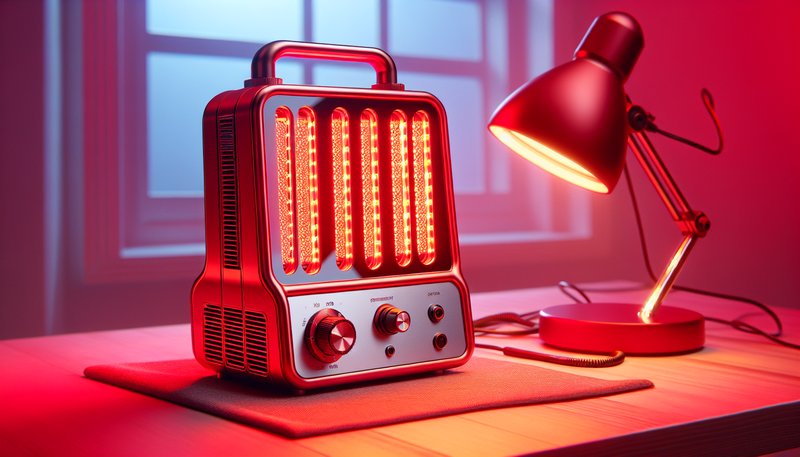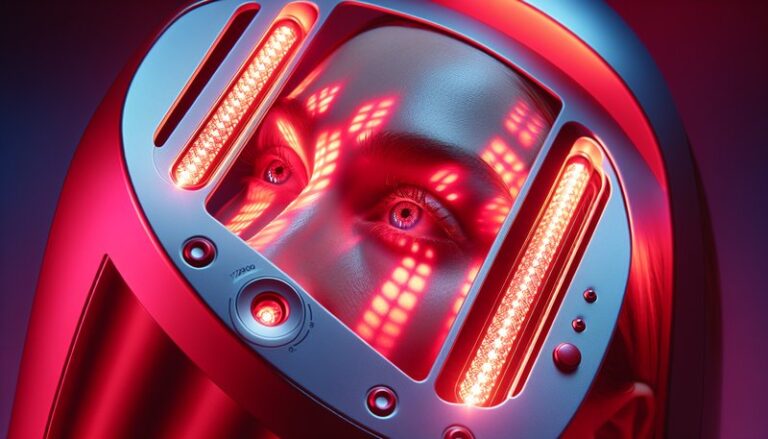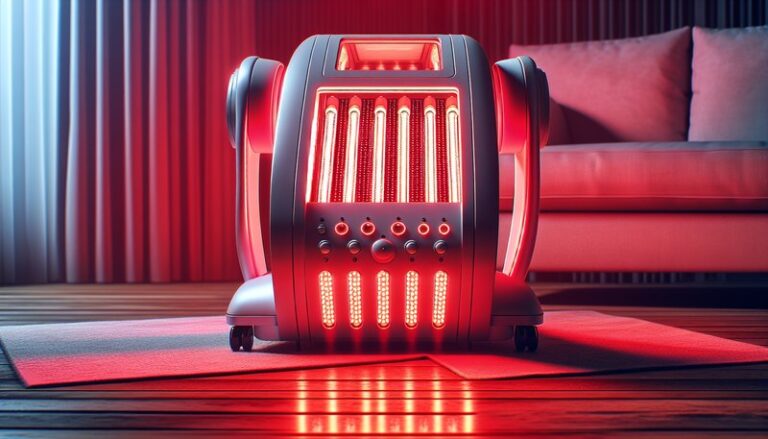Is Red Light Therapy Really Good For You?
Is Red Light Therapy Really Good For You?
Have you ever wondered whether red light therapy could be the key to boosting your health or improving your skin?
This article will explore the various aspects of red light therapy, including its definition, benefits, considerations, and alternatives. We will provide a well-rounded view of whether this treatment is right for you, helping to clarify any lingering questions surrounding its effectiveness and safety.
Key Takeaways
- Red light therapy employs specific wavelengths of light to promote healing and reduce inflammation.
- Numerous studies suggest benefits ranging from improved skin health to enhanced muscle recovery and pain relief.
- While generally safe, there are important considerations and alternatives that should be evaluated before trying red light therapy.
What is Red Light Therapy?
Red light therapy (RLT) is a non-invasive treatment that uses low-level wavelengths of red and near-infrared light to penetrate the skin.
The therapy works by stimulating cellular processes, ultimately enhancing energy production within cells through increased ATP (adenosine triphosphate) production. This can lead to various physiological improvements, including reduced inflammation and accelerated healing processes.
How Does It Work?
RLT typically involves exposing the skin to specific wavelengths, usually between 600 and 1,000 nanometers. Devices used in this therapy can include LED panels, lasers, and various handheld devices designed for home use, as well as professional equipment found in clinics and spas.
What are the Benefits of Red Light Therapy?
The benefits of red light therapy are a focal point of interest among health enthusiasts, athletes, and those seeking skincare solutions. Below we will elaborate on some of the most prominent advantages associated with this treatment.
Enhanced Skin Health
Red light therapy is notable for its ability to improve skin tone and texture, reduce wrinkles, and even treat conditions like acne. Research has shown that RLT can stimulate collagen production, leading to firmer and more youthful-looking skin.
Pain Relief and Anti-Inflammation
Many users report significant reductions in pain and inflammation associated with conditions like arthritis, muscle injuries, or chronic pain. Studies indicate that RLT can modify inflammatory pathways, providing relief and promoting faster recovery.
Improved Muscle Recovery
Athletes have turned to red light therapy to accelerate recovery post-exercise. Evidence suggests that it can reduce muscle soreness, improve performance, and shorten recovery time by enhancing circulation and decreasing inflammation.
Wound Healing and Tissue Repair
RLT has been shown to aid in the healing of wounds and injuries by promoting tissue repair and regeneration. This is particularly beneficial for individuals recovering from surgery or suffering from chronic wounds.
Hair Growth Stimulation
Another exciting benefit is its potential to stimulate hair growth. Some studies suggest that RLT may be an effective treatment for androgenetic alopecia (pattern baldness) and other types of hair loss by energizing hair follicles and increasing scalp circulation.
Is it Possible to Use Red Light Therapy at Home?
Yes, it is entirely possible to utilize red light therapy in the comfort of your own home with the right equipment.
Many consumer-friendly devices are available, ranging from handheld units to large panels designed for full-body treatment.
What are the Advantages of Using Red Light Therapy at Home?
Convenience is a significant benefit of at-home red light therapy. You can easily integrate sessions into your daily routine without needing to schedule appointments at a clinic.
Similarly, using these devices can be more cost-effective over time, as you avoid repeated visits to professionals.
What are the Disadvantages of Using Red Light Therapy at Home?
There may be a lack of professional guidance when using home devices, potentially leading to misuse or ineffective treatments.
Additionally, not all home devices are equally effective, and some may not provide the same therapeutic wavelengths or intensities as those used in professional settings.
What are the Things to Consider Before Using Red Light Therapy?
Before starting red light therapy, there are key factors that individuals should consider to ensure the treatment aligns with their health goals.
Skin Sensitivity
If you have sensitive skin or specific skin conditions, it is advisable to consult with a healthcare professional before trying RLT. This helps avoid potential adverse reactions.
Get all the facts in Duration of Red Light Therapy?
Consistency of Use
To see optimal results, consistency is key. Regular sessions may be required, depending on the treatment goals, so commitment is essential.
Don’t miss Does Red Light Therapy Boost Estrogen?
Quality of Device
The effectiveness of red light therapy can significantly vary depending on the quality of the device. It’s important to look for well-reviewed products that advertise the correct wavelengths needed for therapeutic effects.
Overall Health Status
Your overall health condition and any existing health issues should be taken into account. Consulting a healthcare provider can help determine if this therapy is suitable for you.
What are the Alternatives to Red Light Therapy?
If red light therapy isn’t the right fit for you, there are several alternatives worth considering.
Laser Therapy
Laser therapy utilizes concentrated light beams to target deeper skin layers, often offering similar benefits for skin rejuvenation and pain relief, but may require professional intervention.
Infrared Saunas
Chronic pain sufferers and those looking for relaxation may opt for infrared saunas, which provide heat therapy to promote circulation and relieve muscle tension.
Microdermabrasion
For skin health improvement, microdermabrasion treatments exfoliate the skin and encourage new cell growth, though they require more frequent sessions.
Chemical Peels
Chemical peels serve as another alternative for enhancing skin appearance by removing outer layers and promoting rejuvenation.
Conclusion: Is it Recommended to Use Red Light Therapy?
Red light therapy offers a plethora of benefits, ranging from enhanced skin health to effective pain relief. While it holds promise and appears generally safe for most individuals, it is crucial to evaluate personal health conditions and seek professional advice as needed.
Ultimately, it can be a beneficial addition to your wellness routine, especially when combined with other treatments aligned with your health goals.
Frequently Asked Questions
How long does each red light therapy session last?
Typically, each session lasts between 10 to 30 minutes, depending on the area treated and the device used.
How often should I use red light therapy?
For most conditions, 2 to 3 sessions per week are recommended initially, with frequency adjusted based on response and goals.
Are there side effects?
Red light therapy is generally considered safe, but some may experience mild redness or irritation in the treated area. Consulting a healthcare provider for personalized advice is always a good practice.
Can red light therapy be used alongside other treatments?
Yes, red light therapy can often be safely integrated with other treatments for skin or muscle recovery, making it a versatile option for many conditions.
Is there scientific research supporting its effectiveness?
Yes, numerous studies have examined the benefits of red light therapy, particularly in areas like skin health, pain reduction, and muscle recovery, showing promising results.




